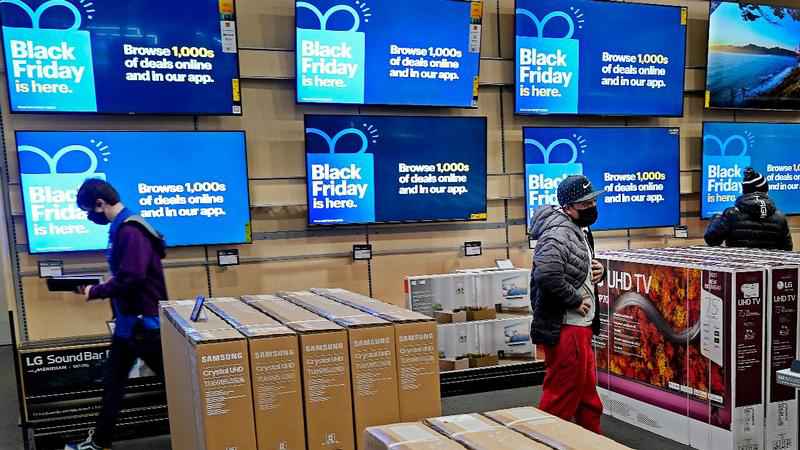EXPLAINER: Why US inflation is so high, and when it may ease
[anvplayer video=”5076823″ station=”998122″]
Inflation is starting to look like that unexpected — and unwanted — houseguest who just won’t leave.
For months, many economists had sounded a reassuring message that a spike in consumer prices, something that had been missing in action in the U.S. for a generation, wouldn’t stay long. It would prove "transitory,” in the soothing words of Federal Reserve Chair Jerome Powell and White House officials, as the economy shifted from virus-related chaos to something closer to normalcy.
Yet as any American who has bought a carton of milk, a gallon of gas or a used car could tell you, inflation has settled in. And economists are now voicing a more discouraging message: Higher prices will likely last well into next year, if not beyond.
On Friday, the government reinforced that message with its report that the consumer price index soared 6.8% last month from a year earlier — the biggest 12-month jump since 1982.
And the sticker shock is hitting where families tend to feel it most. At the breakfast table, for instance: Bacon prices are up 21% over the past year, egg prices 8%. Gasoline has surged 58%. Furnishing your living room, dining room or kitchen will set you back 14% more than it would have a year ago. Used cars? Up 31%.

FILE - People look at televisions during a Black Friday sale at a Best Buy store on Friday, Nov. 26, 2021, in Overland Park, Kan. Prices for U.S. consumers jumped 6.8% in November compared with a year earlier as surging costs for food, energy, housing and other items left Americans enduring their highest annual inflation rate since 1982. [(AP Photo/Charlie Riedel, File)]
And though pay is up sharply for many workers, it isn’t nearly enough to keep up with prices. Last month, average hourly wages in the United States, after accounting for inflation, actually fell 2.4% compared with November 2020.
Economists at Wells Fargo have joked grimly that the Labor Department’s CPI — the Consumer Price Index — should stand for "Consumer Pain Index.” Unfortunately for consumers, especially lower-wage households, it’s all coinciding with their higher spending needs right before the holiday season.
The price squeeze is escalating pressure on the Fed to shift more quickly away from years of easy-money policies. And it poses a threat to President Joe Biden, congressional Democrats and their ambitious spending plans.